Evolving Threat: North Korea’s Military Capabilities and Strategic Implications

Introduction
The existence of the North Korean military is based on historical development, and its starting point was the Korean People’s Army (KPA) was established in 1948. This bloc was largely backed by the Soviet Union, which not only provided military equipment, but also formulated the core of the KPA’s future development and principal strategy. The Korean War of 1950-1953 had the most profound influence, since it underlined the importance of a well-armed military force to defend the country against external threats, which, in turn, was the factor that sealed North Korea’s resolve to prioritize its military build-up.
In a course of the Cold War, North Korea had the opportunity to benefit from its alliance with the USSR and China, which made it possible for the DPRK to develop an effective conventional military force. The central theme of this epoch was the creation of a self-sufficient military system based on the Juche doctrine, which highlighted the need for independence in the area of military capabilities and the beginning of the development of a nuclear weapons program. But on the flip side, the end of the Cold War ushered in a strategic turn. And to bring back the balance in its conventional military capabilities that were threatened by the collapse of the Soviet Union and the decrease in support from its traditional allies, North Korea started developing asymmetric military capabilities, including nuclear and missile technologies, which are considered a good way to defend against its economic challenges.
In the past several years, North Korean technological innovation in missiles has been going from strength to strength. In 2024, the state explored what it called a “super large warhead” to be used on a strategic cruise missile, which was a significant step towards improving its offensive capabilities. The introduction of this new missile technology would likely imply a shift in the emphasis of the military towards extending the range and carrying capacity of its armaments, which could potentially result in more strategically applied and stealthier strikes. Additionally to the strategic missiles, North Korea has also tested a brand new anti-aircraft missile, the so-called “Pyoljji-1-2,” hence a sign of progress in defensive technology meant to counter the aerial threats more efficiently. Of course, these developments reaffirm the dedication on the part of North Korea for improving their military capabilities which has the potential to revolutionize the regional security and this presents a complex situation for global diplomacy and security strategies. The international community has not abdicated vigilance, carefully watching these trends and considering the implications for their wider impact on regional stability and international peace efforts.
Current Military Status
The current military capabilities of North Korea are broad and varied, including an advanced system made up of nuclear, missile, conventional, and cyber forces. The nuclear armament of the country is at the center of the strategic military setup, employing various types of warheads that can be delivered by a number of platforms, such as long-range missiles that target the entire US mainland and shorter-range systems that threaten regional adversaries. The details of the arsenal are hidden in secrecy, however, it is believed to be focused on shrinking the size of the warheads to give more flexibility in delivery options, which is ballistic and potentially cruise missiles.
In particular, the ballistic missile program becomes the most significant since North Korea has been able to expand its missile technologies since the past year. They can be either shorter-range tactical missiles aimed at South Korea and its U.S. military bases, or intercontinental ballistic missiles (ICBMs) intended to serve as a deterrent for a U.S. attack by threating the U.S. mainland. The missile tests are one way of showing the technical capacity of the country and another way of sending political signals, both to friends and enemies, with the test transmitting political messages to both.
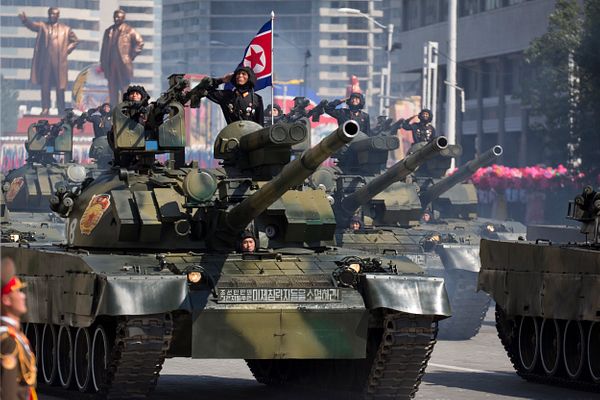
Conventional strand is still the main element of North Korean military, even though the equipment is oftentimes outdated compared to modern Western standards. The North Korean military on the Korean Demilitarized Zone (DMZ) is heavily fortified and in a position to launch mass fire assault to the South with minimal prior notice. In addition to this, the massive military capability is also supported by a wide area of defensive fortifications and infrastructure which is purposefully designed to defend against any incoming attacks and prolong the war.
The country has also paid special attention to cyber warfare, making units that work in both defensive and offensive modes. These cyber soldiers are attributed to many international incidents for example cyber-attacks against the financial institutions, government agencies and the vital infrastructure. The use of cyber warfare enables North Korea to exercise its power and to control the environment that it is beyond the boundaries of its traditional military strength, which is a very useful and economic way to confront the more advanced opponents. This complex military strategy of North Korea reflects its determination to maximize the whole range of military instruments to secure the regime’s survival and its regional impact.
The latest military exercises conducted by North Korea indeed point to an increase in its strategic capabilities which are a part of the general military policy of the regime to hold a powerful deterrent force. The main one of these developments is the test-firing of a “super-large warhead” which is supposed to be used for the strategic cruise missile deployment. This warhead, which is going to be used for the “Hwasal-1 Ra-3” missile, is therefore an indicator of a big jump in the cruise missiles of North Korea’s payload capacity and lethality. One of the most potent features of cruise missiles is that they can fly at a lower altitude compared to ballistic missiles, which makes them more difficult to detect and intercept. Thus, this kind of weaponry adds a stealthy component to North Korea’s array of strategic offensive capabilities.
Furthermore, the launching of the newly developed ‘Pyoljji-1-2’ surface-to-air missile system is an indication that North Korea is at the same time making strides towards improving its defensive capabilities. This system, which is the most recent addition to the Korean People’s Army’s West Sea arsenal, has been built to enhance the North Korean military capability to shield against airborne attacks, including the possible preemption by the adversaries. The creation of such systems is a necessity for the military doctrine of North Korea which is based on the idea of ‘retaliation and readiness’ against any premeditated acts of enemy forces.
These tests have been conducted on a backdrop where international monitoring of North Korea’s weapons programs has been affected after Russia vetoed the United Nations sanctions monitoring. This allowed North Korea to have more freedom to enlarge its military muscle without facing the immediate international consequences of breaching UN sanctions. That these tests are timed in such a way as well as the fact that they involve planned messages to showcase North Korea’s determination to both improve its offensive and defensive military capabilities is noteworthy. This kind of the approach is the crucial element in his overall strategy aiming at the regime survival and strengthening its negotiating power on the international stage, including the US and its allies.
WHY North Korea need Military:
North Korea’s efforts to strengthen its military can be understood through several key factors that intersect national security, political ideology, and international relations:
Regime Survival: The first objective of military growth in North Korea is the regime survival. The North Korean government, headed by the Kims dynasty, regards a strong military as crucial for any foreign attempt at a regime change to be prevented. For the Kim regime in Pyongyang the core threat is South Korea and United States and their allies as well as it’s considered powerful military as the last line of defense and preventions of invasions or interventions.
Deterrence Strategy: Correspondingly, deterrence is another method of regime survival. Both of which are employed to keep opposition forces at bay. North Korea’s researching and producing of nuclear weapons and ballistic missiles is a way of demonstrating its indomitable power against its enemies who might attack it. Through the possession of a credible threat of retaliation, North Korea seeks to perpetuate the advantage of having to pay incurred costs to an aggressor who might be contemplating action by a military means.
Domestic Legitimacy: Militant preparedness as well is a vital element of the government’s internal legitimacy. The leadership portrays the image of a robust and unyielding nation which is capable of shielding itself from the interventions of a foreign country or any aggressive action. This story is important in getting the population to agree with the regime on the country’s priorities, including the fact that the military gets the largest share of the resources even in the wake of the country’s economic difficulties.
Bargaining Power: North Korea resorts to military force as a means of pressurizing the international community in the process of negotiations. It attempts to do this by improving its nuclear and missile arsenals and, therefore, demanding economic aid, sanctions relief, and security guarantees as concessions. Military building of the country can thus be regarded as a tool to improve its position in a negotiation table and increase its influence at the diplomatic talks.
National Identity and Pride: The military is an unquestionably important component of the national identity of North Korea. Parades, exams or demonstrations of military power not only serve for deterrence and internal control but also to unite the nation in patriotism and solidarity. The government will use such exhibitions for population mobilization, with the specific target being the citizens in the period of economic crisis.



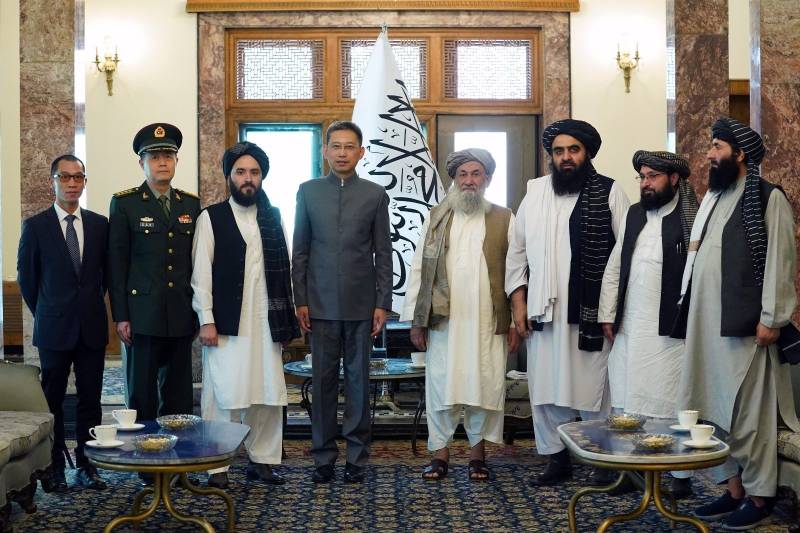
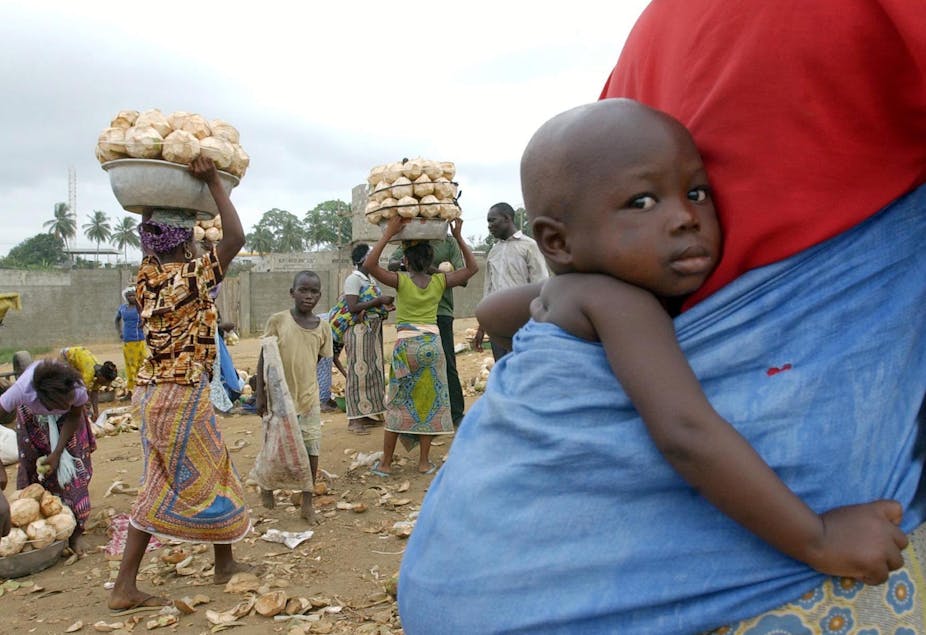
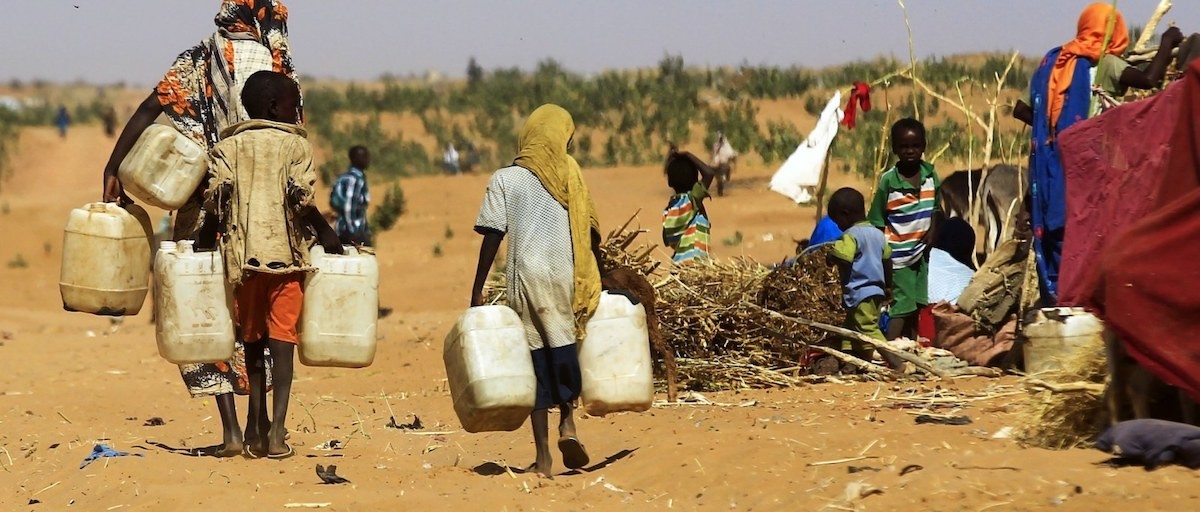
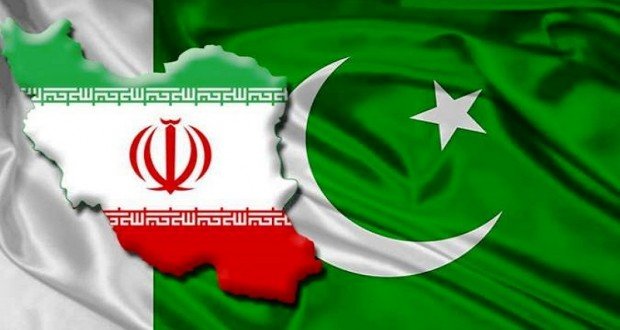
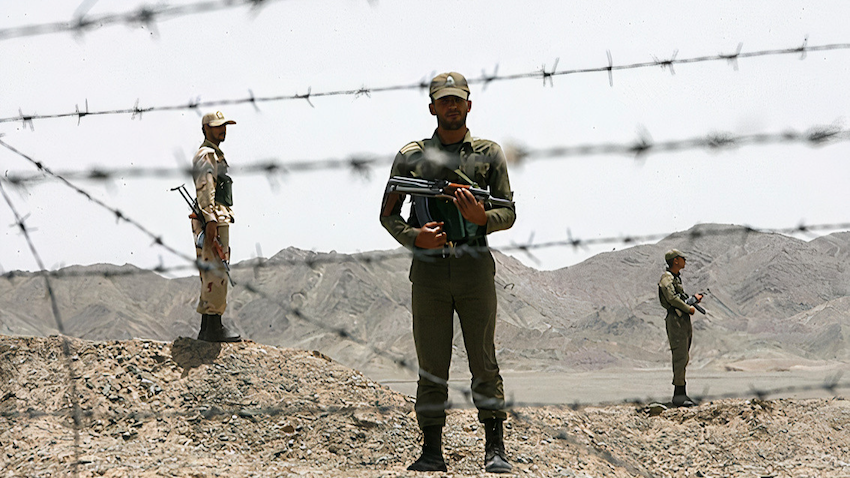
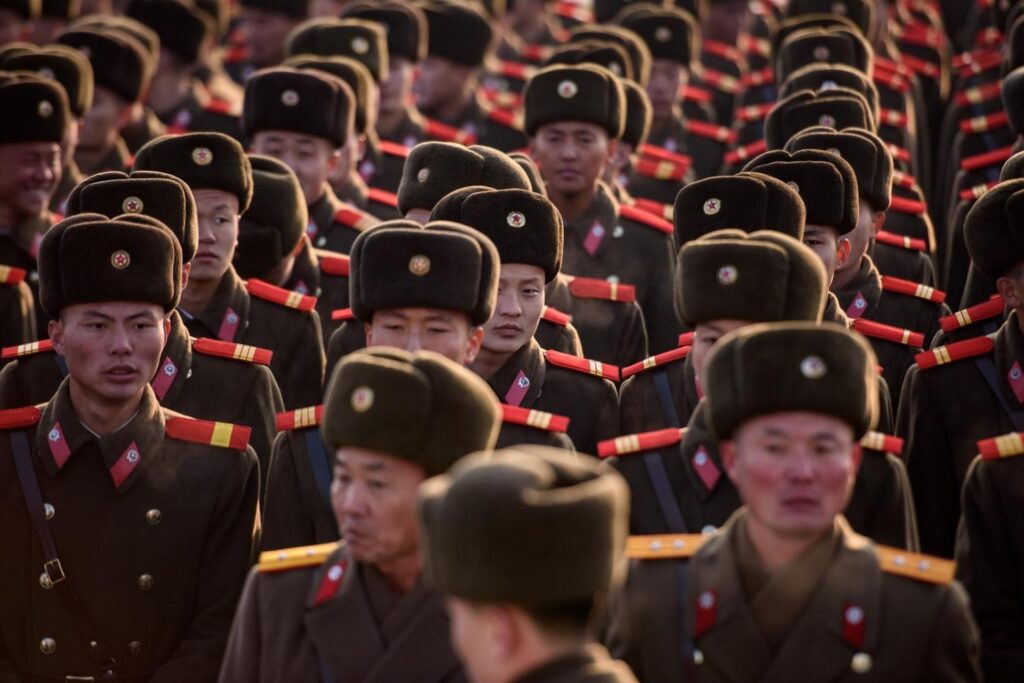
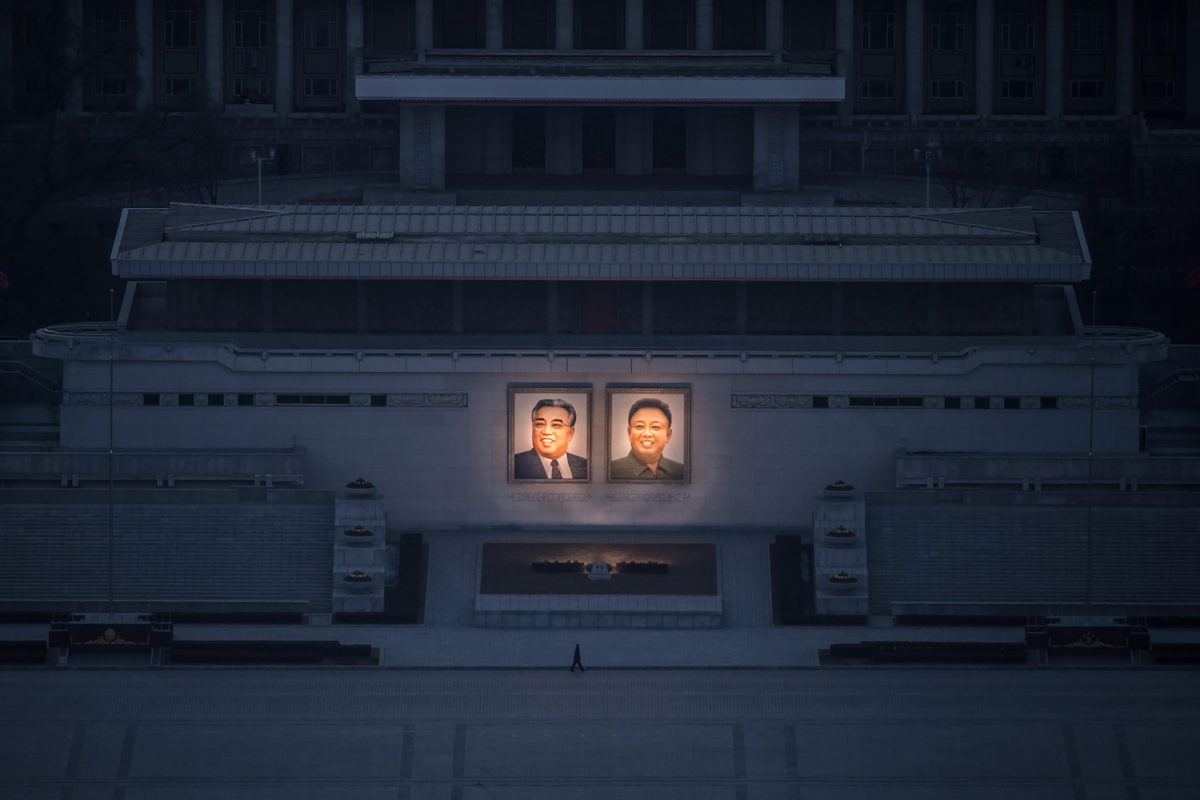


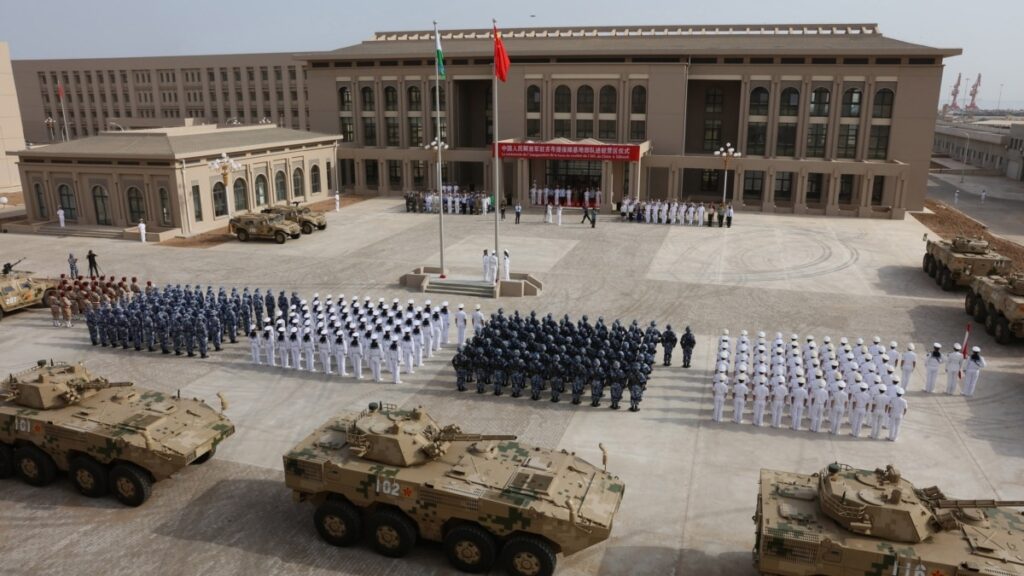
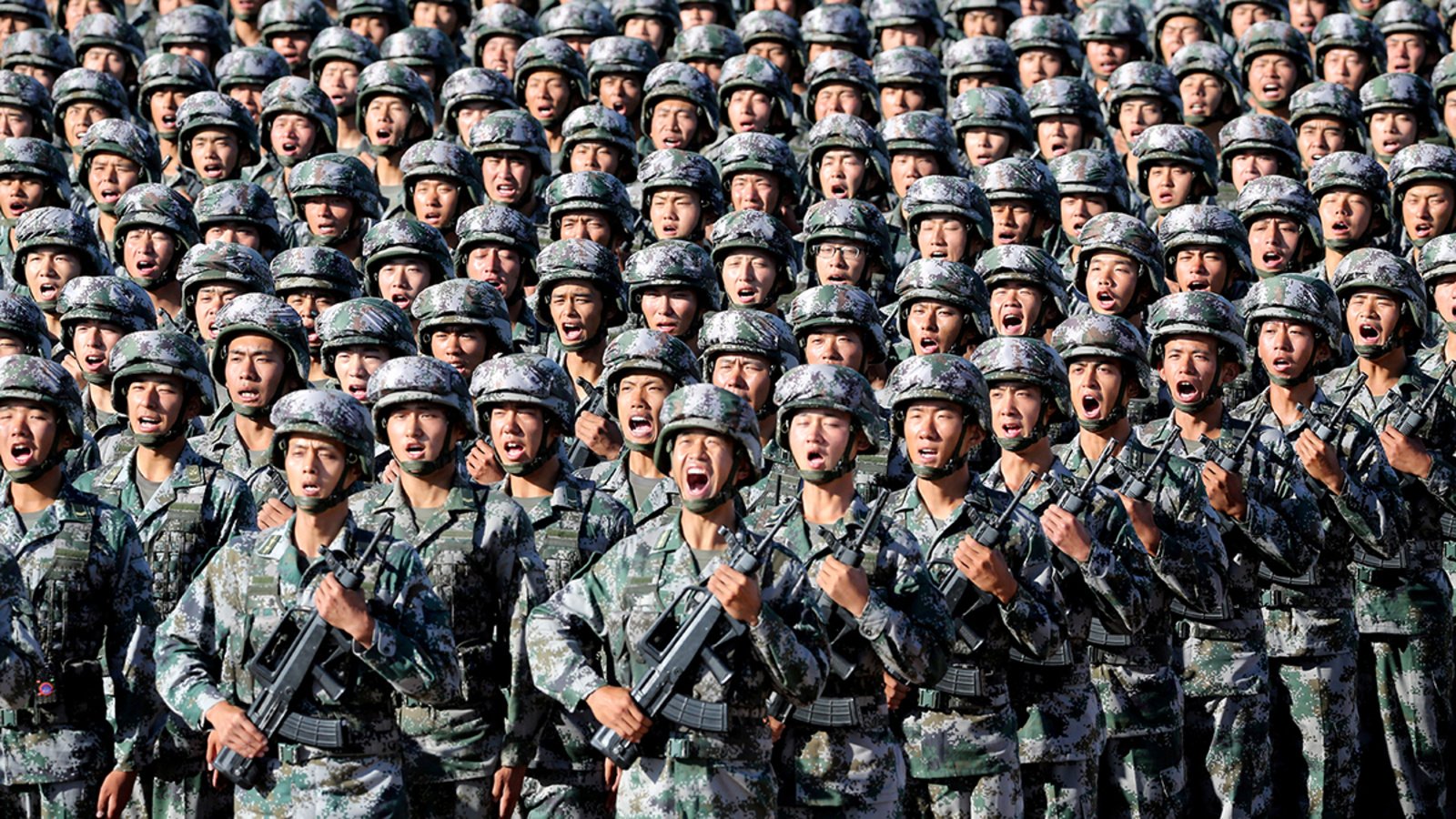 Advancing the Cause of Regional Stability
Advancing the Cause of Regional Stability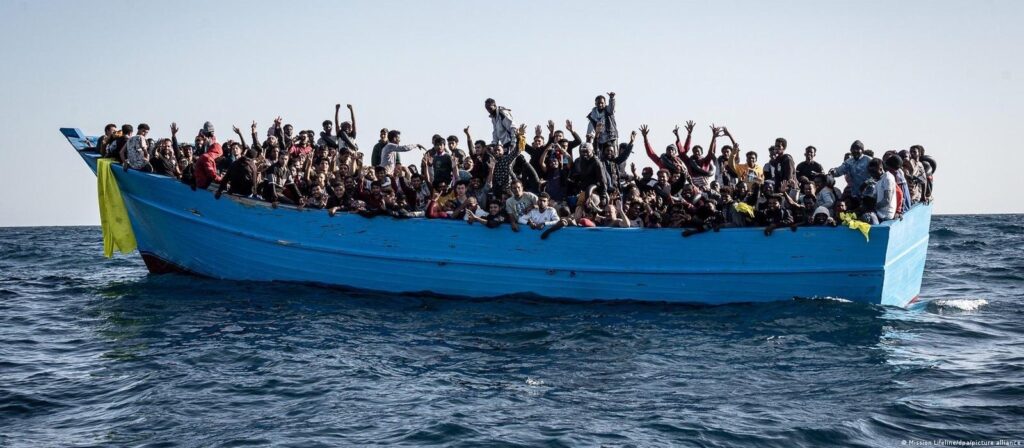
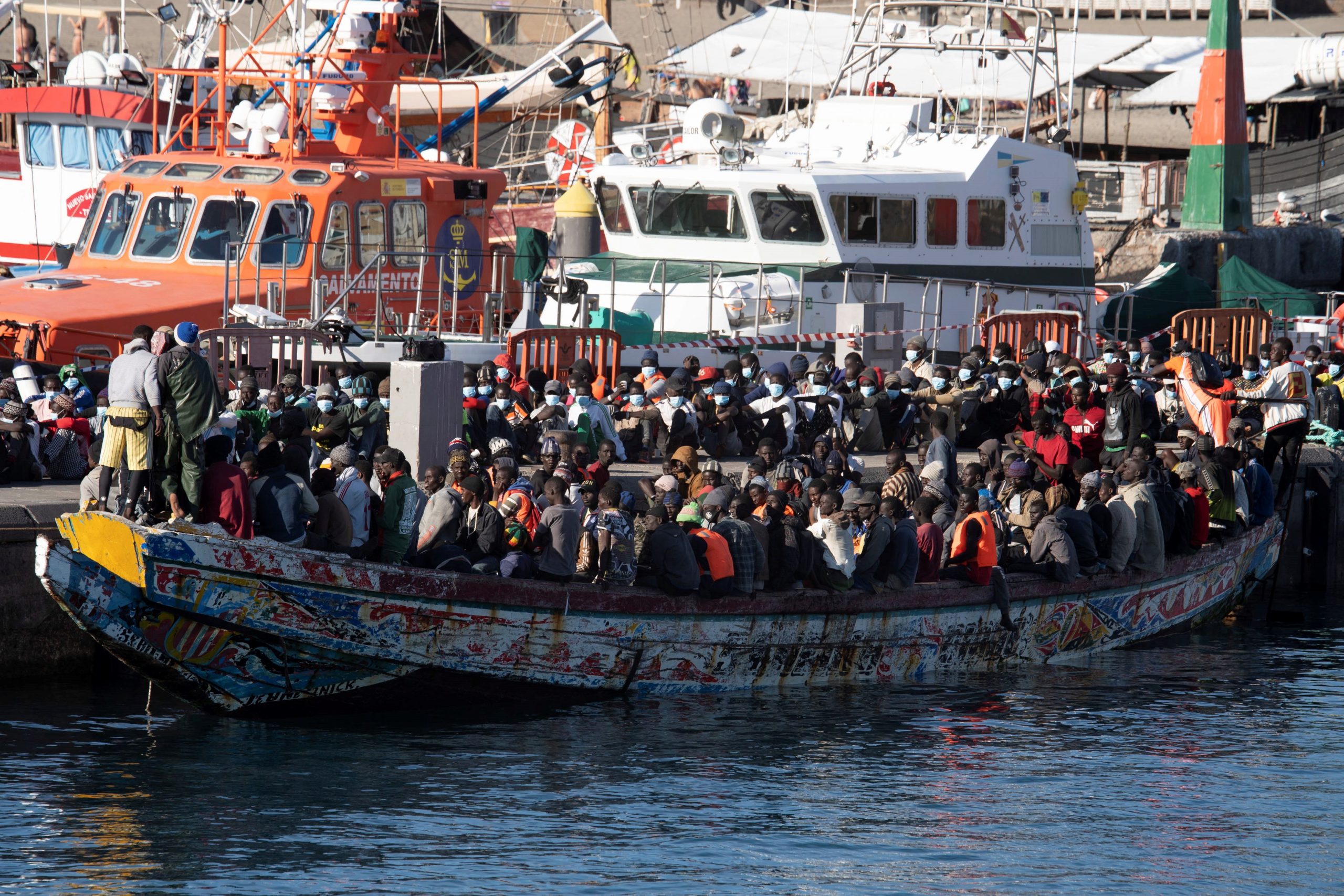
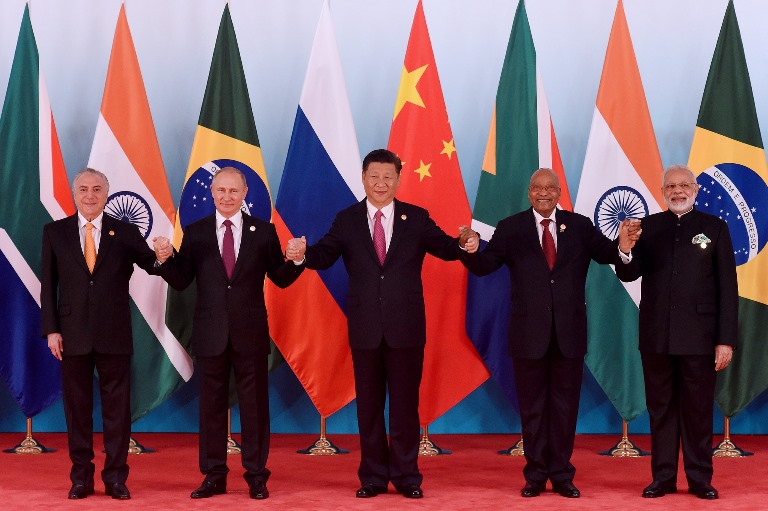
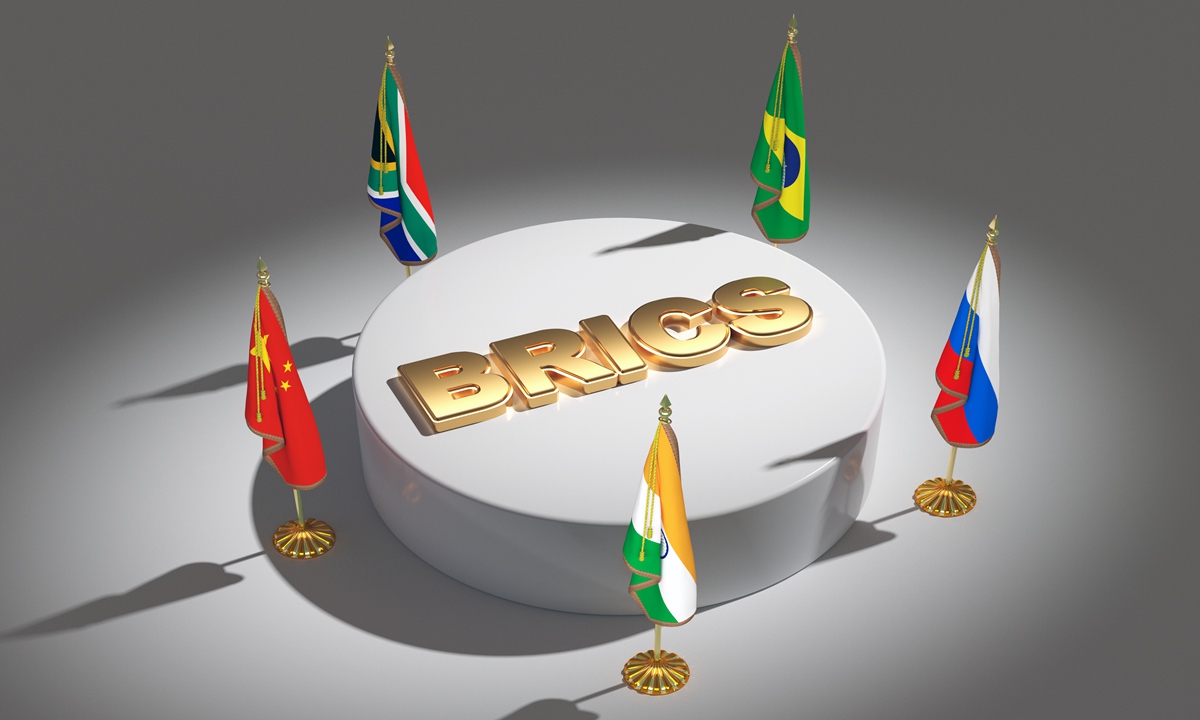
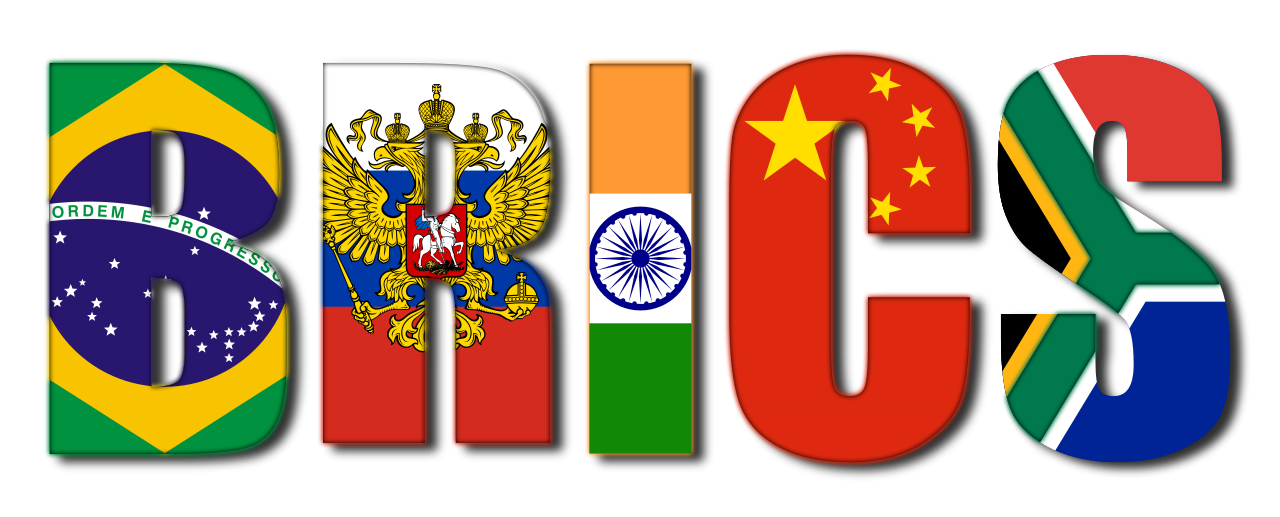 Concerns and Things to Take Into Account
Concerns and Things to Take Into Account